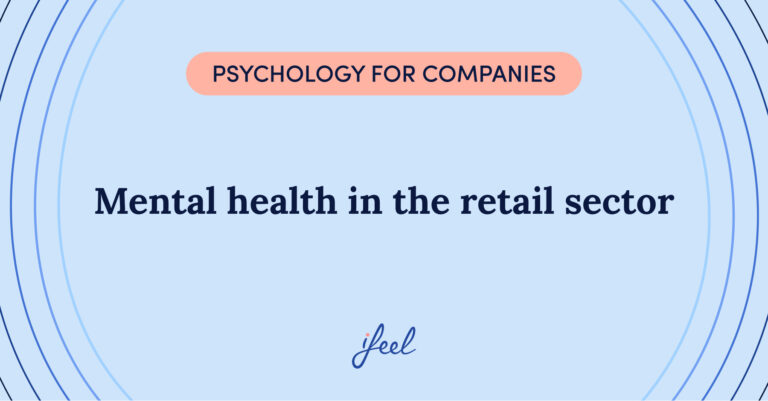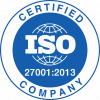The concept of a liquid workforce comes from Polish sociologist Zygmunt Bauman, who coined the terms liquid modernity and liquid society, among others. Bauman described the characteristics of today’s Western society, which is no longer characterized by solidity or durability but by provisionality and constant change.
Applied to the business world, the idea of liquidity takes on a side that is not as pessimistic as the original concept but is associated with the ideas of flexibility and versatility. Handling uncertainty – i.e. the lack of information – then becomes more bearable, given the way information is managed and its absence greatly influences decision-making on the resources that the team invests in and mobilizes.
Characteristics of a liquid workforce
This particular corporate “fabric”, which we summarize in the expression “liquid workforce”, is applied to all the elements of the work process: leadership, communication, structure, mission, task, efficiency indicators, etc. This generates a new methodology in which only the resources necessary for a specific task and objectives are involved, without the commitment of these resources going beyond this.
This is how a liquid workforce works: once a certain project is completed, the elements of the work process mentioned above can be cleared to serve other tasks oriented to other objectives. This includes, of course, the people: I am now part of this team to achieve this goal, and when that happens, we will disperse to build new structures.

The idea is that the workforce avoids stagnation or unjustified stability, flowing thanks to its distinctive liquidity. Let’s look at some of the main characteristics with which we distinguish a liquid workforce:
1. Change: high frequency of modification to its elements, both in the members that are part of the organization and how they are organized.
2. Adaptability: the ability to change internally in response to a change in external circumstances and keep functioning. This includes versatility.
3. Lack of permanence: inevitable when change is a defining factor. Members of the liquid workforce come together and coordinate to execute the task at hand and are easily dispersed once the task is complete.
4. Mobility: members of the liquid workforce have a large margin of movement. Their functions, tasks, and responsibilities aren’t static but are shaped according to the requirements of the task.
5. Horizontality: although there is a figure of coordination or leadership, the structure of the liquid workforce tends to be horizontal instead of the traditional vertical hierarchy, which fosters agility in processes.

Ifeel has created an emotional wellbeing program for companies, designed by its team of expert psychologists to help companies design their work methodology, structure, and team performance in line with the care of the psychological well-being of the people who form them.
Thanks to this partnership, HR managers are provided with personalized, data-driven advice on how functioning as a liquid workforce can help take care of the human capital they are in charge of. This way, workers’ mental health is fostered while maintaining good conditions for optimal productivity.
In addition, ifeel‘s emotional well-being program for companies provides employees with a mental health care service structured at different levels according to their needs at any given time through ifeel‘s app. They can also receive emotional support through a chat with one of our platform’s licensed psychologists. If additional help is required, they can access the third level of the program: online psychological therapy with a psychologist specializing in the issue the employee is going through.
Sign up today to our platform and request more information about our emotional well-being program for companies.











